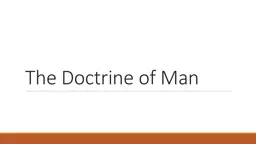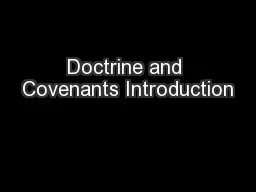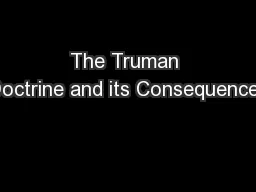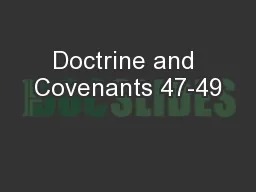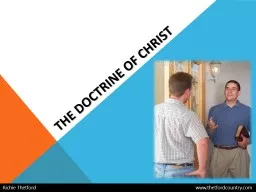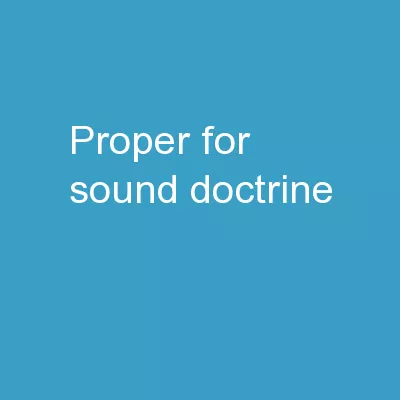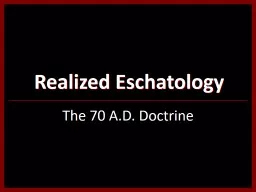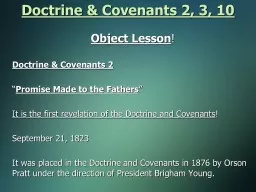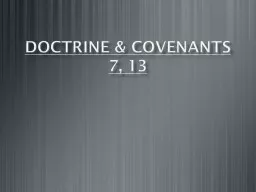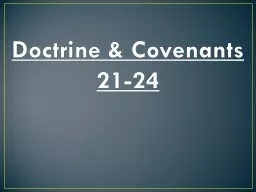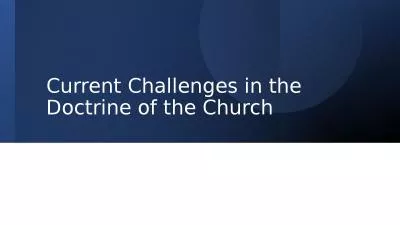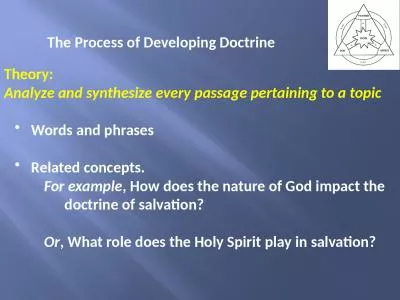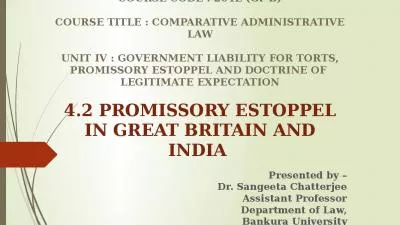PPT-The Doctrine of Man
Author : cheryl-pisano | Published Date : 2017-04-16
Introduction Question Have you ever wondered why we are created Based on observation alone would you say that the mankind is inherently good or inherently bad Why
Presentation Embed Code
Download Presentation
Download Presentation The PPT/PDF document "The Doctrine of Man" is the property of its rightful owner. Permission is granted to download and print the materials on this website for personal, non-commercial use only, and to display it on your personal computer provided you do not modify the materials and that you retain all copyright notices contained in the materials. By downloading content from our website, you accept the terms of this agreement.
The Doctrine of Man: Transcript
Download Rules Of Document
"The Doctrine of Man"The content belongs to its owner. You may download and print it for personal use, without modification, and keep all copyright notices. By downloading, you agree to these terms.
Related Documents

